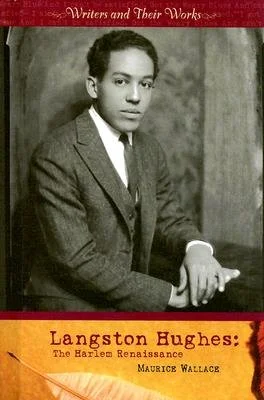“In this ambitious and accomplished book, Maurice O. Wallace takes Martin Luther King Jr. as a point of departure into a textured analysis of the aural exorbitance of black cultural history. At once thoroughly researched and theoretically deft, King’s Vibrato offers a new vocabulary and a new set of questions for black sound studies. By engaging the social, cultural, and historical determinants that contributed to King’s way of sounding, Wallace’s treatment of King as exemplary and emblematic of general tendencies within post-Emancipation African American culture is a crowning achievement.”
–Anthony Reed, author of Soundworks: Race, Sound, and Poetry in Production
"A most impressive interrogation into the problematic of black masculine identity as it has manifested in the U.S. context from the late eighteenth century through the present day. Readers from across a range of disciplines will be uniformly impressed by the scope and dexterity of Wallace’s critical intelligence. This is an overwhelmingly admirable achievement and a very important book.”
–Phillip Brian Harper, author of Are We Not Men? Masculine Anxiety and the Problem of African-American Identity
“Pictures and Progress offers a new understanding of visual representations of black Americans in the nineteenth and twentieth centuries. Through its compelling essays, this work reframes the archive of images of death, beauty, and suffering of black subjects in photography.”
–Deborah Willis, New York University
"Both scholarly and highly accessible, this in-depth literary biography of landmark writer Hughes discusses his life, times, and lasting significance and then analyzes his individual works in considerable detail. Part of the Writers and their Works series, the book benefits from an uncluttered design, visuals that often fill an entire page, and the inclusion of several of the great poems in their entirety. Hughes’ personal story is followed by a section on his important role in the culture and politics of the Harlem Renaissance... Extensive back matter includes a very detailed bibliography of Hughes’ work, with source notes, a chronology, and suggestions for further reading.
–Hazel Rochman, from Booklist



